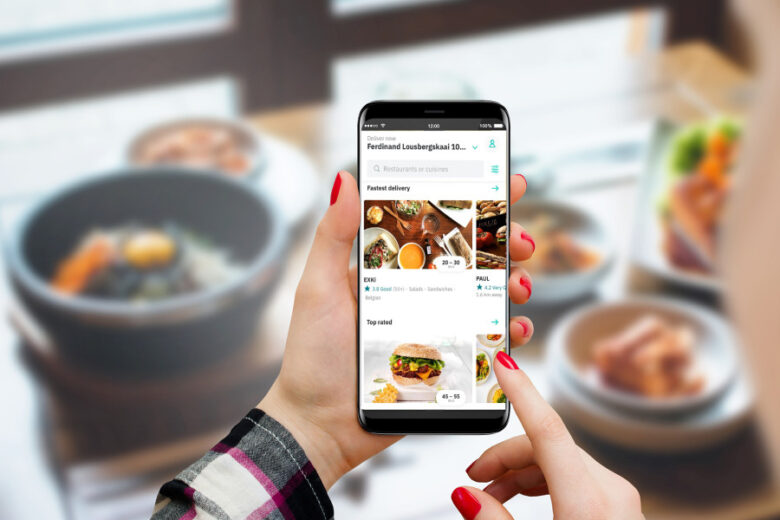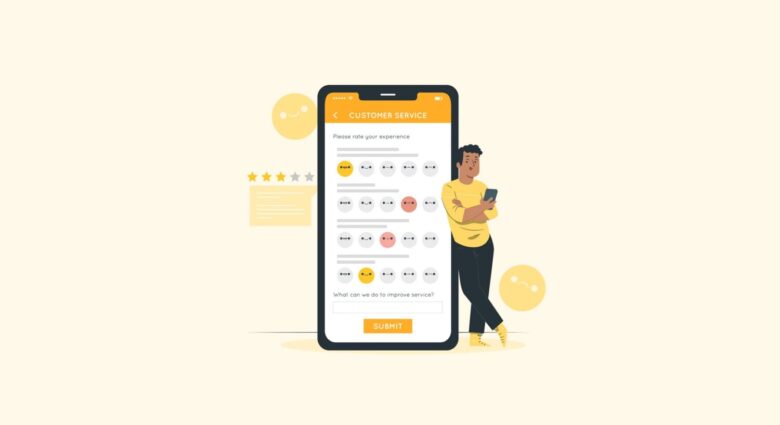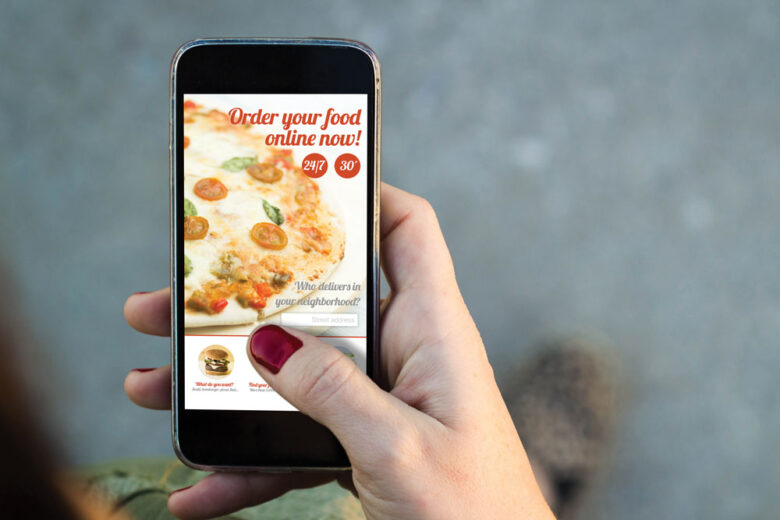In today’s digital era, restaurants seek innovative ways to connect with their customers and keep them returning for more. One powerful approach gaining popularity is the use of mobile software. This software provides users with a user-friendly interface to access menus, place orders, and earn rewards, offering unparalleled convenience and accessibility.
According to the National Restaurant Association, 83% of adults now use their smartphones to search for nearby restaurants. This emphasizes the importance of establishing a robust online presence that impacts restaurant software development. Additionally, 75% of people check menus on their mobile devices before deciding where to dine. This highlights the significance of offering intuitive and easy-to-use software that provides all the necessary information in one convenient location.More information you can find at https://coaxsoft.com/restaurant-software-development.
Takeout and Delivery Orders

Source: Deliverect
The shift towards mobile ordering has also reshaped how restaurants conduct their business. Over half of all takeout and delivery orders are now placed through restaurant websites or mobile apps. This transformation necessitates the development of well-designed and optimized software to provide customers with a seamless, hassle-free experience. By offering a digital storefront where customers can effortlessly browse menus, place orders, and track deliveries in real-time, restaurant software development services have become instrumental in meeting the expectations of modern consumers.
Embarking on the journey of restaurant software development requires a well-defined process to ensure the software meets the unique needs of the establishment and its customers. The initial step involves defining the goals and objectives of the software in collaboration with the client. This step allows the development team to understand the desired outcomes, whether it’s boosting sales, enhancing customer engagement, or improving the overall dining experience. By clarifying the goals, the subsequent steps can be tailored to fulfill these objectives effectively.
Restaurant Software Development
Conducting thorough research on competitors is an essential step in the process. By analyzing the strengths and weaknesses of existing restaurant software development services used by your competitors, one can identify opportunities for improvement and create a distinctive selling proposition. Understanding the pain points experienced by customers and addressing them more effectively can give the software a competitive edge. This step underscores the significance of market understanding and the need to deliver a product surpassing customer expectations.
Choosing the right platform is another critical decision in restaurant software development. The selection of iOS, Android, or both depends on factors such as the target audience, desired features, and resources available. Each platform has its advantages and user demographics, and aligning the software’s target audience with its user base is crucial for maximizing reach and impact. Additionally, considering the desired features and functionalities helps determine the platform that best supports the software’s capabilities. Make sure you keep it in mind when ordering restaurant software development services.
Designing the user interface (UI) and user experience (UX) is a pivotal phase of the development process. The UI design should align with the restaurant’s brand identity, employing visually appealing elements that resonate with customers. Consistency in color schemes, typography, and overall design fosters brand recognition and reinforces the establishment’s image. Simultaneously, the UX design focuses on creating an intuitive and seamless user navigation experience. Conducting user research, testing different design concepts, and iterating to optimize the design ensures that the software is user-friendly and enhances customer satisfaction.
UI and Customer Satisfaction

Source: Happyfox Blog
Step 1: Define Your Goals. Begin by identifying your business objectives and goals for the software. Please determine your purpose: increasing sales, enhancing customer engagement, or improving the overall customer experience. Defining your goals will guide the selection of features and functionalities required.
Step 2: Conduct thorough research on your competitors to understand their strengths and weaknesses. Identify areas where you can improve upon their offerings and address customer complaints. This research will help you create a unique selling point for your software.
Step 3: Choose the Right Platform Decide on the platform for your restaurant software development. Consider whether you want to develop software for iOS, Android, or both. Factors such as your target audience and desired features should influence your platform selection.
Step 4: Design the User Interface. Create an intuitive and visually appealing user interface that enhances the overall user experience. Pay attention to factors such as ease of navigation, transparent menu displays, and seamless ordering processes.
Step 5: Develop Core Features Focus on developing the core features of your software, such as menu browsing, order placement, payment processing, and real-time order tracking. Ensure these features are robust, reliable, and user-friendly.
Step 6: Customize for Your Brand Personalize the software to reflect your restaurant’s branding and identity. Incorporate your logo, color scheme, and other visual elements to create a cohesive and recognizable brand experience.
Step 7: Test and Refine Thoroughly test the software to identify and address any bugs, glitches, or usability issues. Gather user feedback and make necessary refinements to enhance performance and user satisfaction.
Step 8: Implement Security Measures Prioritize the security of your software and customers’ data. Implement robust security measures to protect against unauthorized access, data breaches, and fraud.
Step 9: Launch and Promote Once the software is ready, promote it to your target audience. Utilize various marketing channels to create awareness and generate excitement about your new digital offerings.
Step 10: Gather Feedback and Improve Continuously gather user feedback and monitor the software’s performance. Use this feedback to make iterative improvements, introduce new features, and enhance the overall user experience.
Conclusion

Source: pmq.com
In today’s digital landscape, restaurants recognize mobile software’s immense value in connecting with customers and delivering exceptional experiences. The statistics speak for themselves, with most adults relying on smartphones to search for nearby restaurants and check menus before deciding where to dine. The shift towards mobile ordering has further emphasized the need for well-designed software that offers seamless functionality and convenience.
Restaurant software development is a journey that requires careful planning and execution. Defining goals, conducting competitor research, and choosing the right platform are crucial initial steps. Designing a visually appealing user interface and ensuring an intuitive user experience is paramount to customer satisfaction. Developing core features, customizing the software to reflect the brand, and implementing robust security measures complete the development process.
Launching and promoting the software is essential to create awareness and attract the target audience. Continuous monitoring, gathering feedback, and making iterative improvements guarantee that the software remains relevant, valuable, and aligned with customer expectations.
By embracing mobile software, restaurants can stay ahead of the curve, maximize their reach, and establish a robust online presence. The transformative impact of restaurant software development has reshaped the industry, empowering establishments to provide superior experiences and cultivate lasting customer relationships in the digital era.




